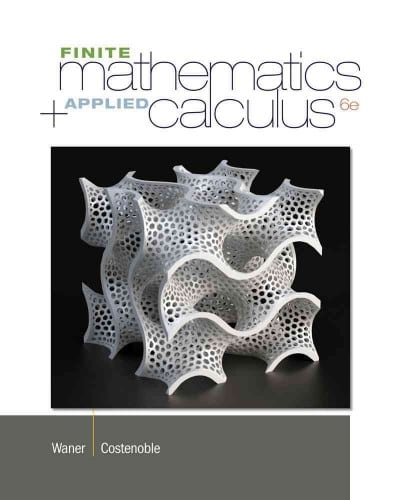Question
Of the following, which is the best description of what a p-value measures? A.the precision of an estimate B.the strength of evidence in favor of
- Of the following, which is the best description of what a p-value measures?
- A.the precision of an estimate
- B.the strength of evidence in favor of the null hypothesis
- C.the strength of a causal relationship
- D.the strength of evidence against the null hypothesis
- E.the size of an association controlling for other model factors
2 Which p-value below would indicate the strongest evidence against a null hypothesis that a coin is fair?
A.p=0.07
- B.p=0.49
- C.p=0.99
- D.p=1.00
3 Suppose that we randomly assign each student in a sufficiently large class a whole number from 0 through 10. We then randomly assign each student another whole number from 0 through 10, in which the it is possible that the student gets the same number again. We then randomly assign each student another whole number from 0 through 10, in which the it is possible that the student gets the same number again. We continue this 97 more times, so that each student has been assigned 100 numbers. We calculate the mean of the numbers that each student was assigned. If we were to plot the means, the means would likely form ___.
A.a uniform distribution
- B.a normal distribution
Suppose that a researcher conducts two studies testing the same hypothesis on random samples from the same population. The 95% confidence intervals for the two studies are each [-6, 6] and [-6, 6]. If the researcher combines the data from the two studies, which of the 95% confidence intervals below would be most likely for the combined data?
A.[-6, 6]
- B.[-12, 12]
- C.[-4, 4]
- D.[6, 12)
How do control variables help improve causal inference in a correlational study?
A.help eliminate alternate explanations
- B.combine results from multiple studies, to get a better sense of the literature
- C.provide something to compare the treatment group to
- D.reduce bias in measurements
- E.remove sample bias
. Suppose that 100 students took a 100-item final exam. Final exam scores indicate the number of correct items. No student had the same score as any other student. The teacher then realized that the test key was incorrect for True/False item 1, for which 40% of students selected True and 60% of students selected False. The correct response was True, so the teacher took 1 point away from the final exam score for students who had selected False for item 1 and added 1 point to the final exam score for students who had selected True for item 1. The correlation of the initial final exam scores with the final exam scores after the correction will be ___.
A.a positive correlation but not necessarily a correlation of 1
- B.a positive correlation and will be a correlation of 1
- C.a zero correlation
- D.a negative correlation but not necessarily a correlation of -1
- E.a negative correlation and will be a correlation of -1
Suppose that we administered a 100-item multiple-choice test to a sufficiently large set of students. Students were instructed to not respond to an item unless they were certain of the correct response, and students did as instructed: no student missed an item that the student responded to. Scores on the test consider each item correct as 1 point. Scores for this first administration of the political knowledge test had a normal distribution with a mean of 60 and a standard deviation of 10. Suppose that, immediately afterwards, we return to each student their test and instruct each student to randomly select a response for any item that the student did not respond to the first time. The standard deviation of scores on this second test administration should be expected to be ___.
A.10
- B.less than 10
- C.more than 10
Step by Step Solution
There are 3 Steps involved in it
Step: 1

Get Instant Access to Expert-Tailored Solutions
See step-by-step solutions with expert insights and AI powered tools for academic success
Step: 2

Step: 3

Ace Your Homework with AI
Get the answers you need in no time with our AI-driven, step-by-step assistance
Get Started


